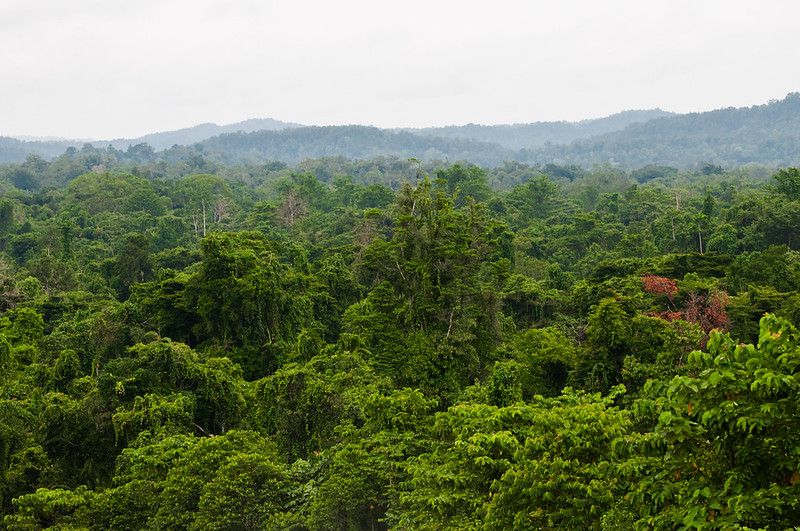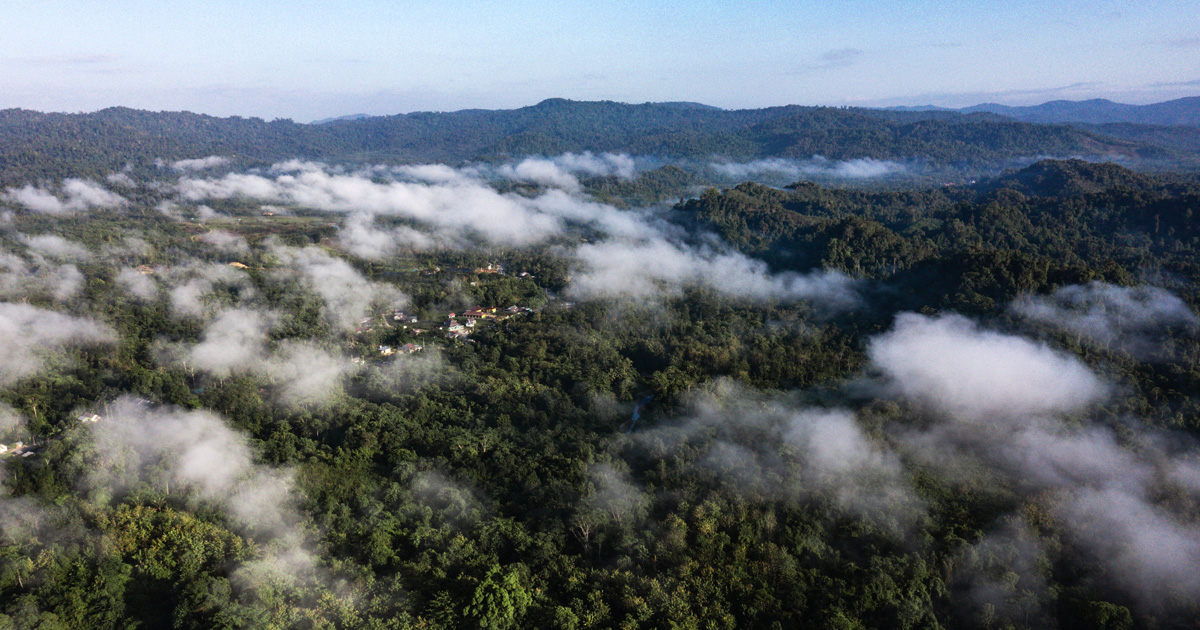
- The Guardian recently published an article questioning the effectiveness of forest carbon offsets, immediately followed by another in Die Zeit about ‘phantom offsets.’
- These criticisms are not without precedent: carbon offsetting is often presented either as a panacea or as corporate greenwashing that distracts from the difficult task of reducing actual greenhouse gas emissions.
- But as two leaders from CIFOR-ICRAF argue in a new commentary, “It is neither one nor the other. It is a tool. No particular policy instrument stands out as a ‘silver bullet,’ but improving the coherence and complementarity of the policy mix across government levels can enhance the effectiveness of policies.”
- This post is a commentary. The views expressed are those of the authors, not necessarily of Mongabay.
To achieve the goals of the 2015 Paris Agreement on climate change, we must drastically reduce our dependence on fossil fuels, decreasing our reliance on coal, oil and gas by 90%. Not all sectors of the economy can be decarbonized fully or quickly, however. In those cases, scientifically sound, equitable and transparent forest carbon offset programs can play a role – while also providing other benefits.
From retail chains and tech firms to individual travelers, a growing number of companies and individuals seeking to shrink their carbon footprints are turning to offsets: mitigating greenhouse gas emissions in one place by increasing carbon storage or avoiding emissions in another.
We know that forests and trees are keys to mitigating and adapting to the impacts of climate change. Besides storing carbon effectively, they are home to a diverse array of plant and animal species, and they help to regulate the Earth’s climate by releasing water vapor and absorbing sunlight. Forests also help to protect against soil erosion and flooding and provide resources such as timber and non-timber products. When woodlands are integrated into agricultural areas, they help farmers increase biodiversity and mitigate climate impacts. As a result, they have become a popular carbon-offsetting strategy, including through the UN-backed REDD+ (Reducing Emissions from Deforestation and Forest Degradation) scheme.
But if you’ve been following climate news lately, you’ll know that forest or tree-based offsetting is not without critics. On 18 January, The Guardian published an article questioning the effectiveness of REDD+ and other forest carbon offsets, immediately followed on 19 January by an article in Die Zeit about phantom offsets and deceit.


















